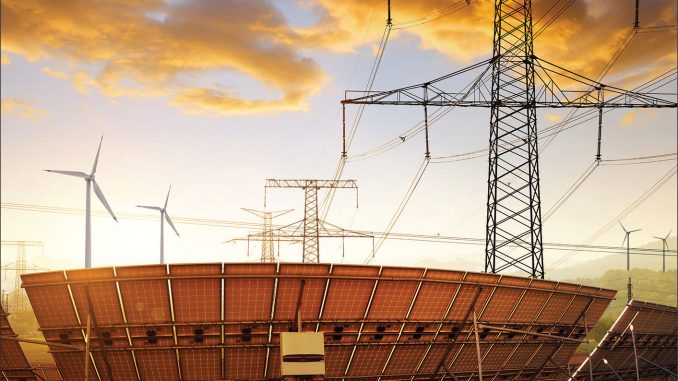
SECI recently unveiled the results of its mega-scale tender designed to give a boost to India’s solar manufacturing sector. The tender comprised 12 GW of solar PV plant capacity and 3 GW of domestic solar cell and module manufacturing capacity. Adani Green Energy emerged as the biggest winner under the tender, winning an order to build 8 GW of PV plants along with a 2 GW domestic solar panel manufacturing unit in the country. Azure Power emerged as the second biggest winner having been awarded 4 GW of project development capacity along with 1 GW of production contract. The tender is likely to provide the manufacturers enough comfort in terms of a ready demand, assured offtake and good pricing at least up to 2025, the deadline by when the two companies have to set up 12 GW of projects.
In a related development, earlier this year, the government (under the Union Budget 2020) announced its plan to set up an enabling mechanism to raise prices on the import of green energy equipment, which involves levying basic customs duty of 20 per cent on cells and modules. It is anticipated that after the safeguard duty comes to an end on July 29, 2020, basic customs duty will be applied. And that will make solar cells and modules imported from China expensive.
These developments assume high importance if India has to play a larger role in the global supply chain in the backdrop of the disruption caused by the novel coronavirus. The government has been trying to boost domestic solar equipment manufacturing for several years but the lack of continuous project visibility has restrained manufacturers from setting up new production lines. Efforts like the DCR provision in rooftop subsidy schemes or the massive 12 GW PSU scheme have also failed to have the desired impact. The imposition of a safeguard duty in 2018 has had adverse implications for solar capacity addition.
Given the 450 GW by 2030 renewable energy target, it is important that India systematically plans its presence across the value chain – from polysilicon, ingots, wafers and cells to modules. It is also important to have certainty in timelines and in the rates of duty in order to avoid any disputes relating to already bid-out tariffs. For a domestic manufacturing push, a lot of groundwork needs to be done, in terms of the approval process, access to capital, creation of a pipeline of demand and, most importantly, ensuring competitiveness with global manufacturing. Ideally, that should mean less alteration of duty structures right now and a greater focus on the project pipeline beyond 2022 when the domestic plants initiated now will come on stream.
